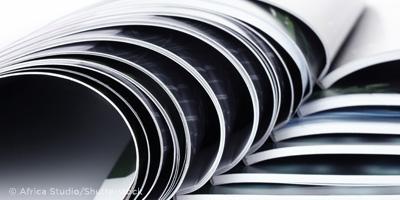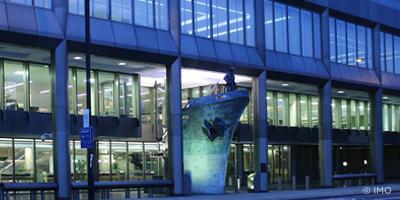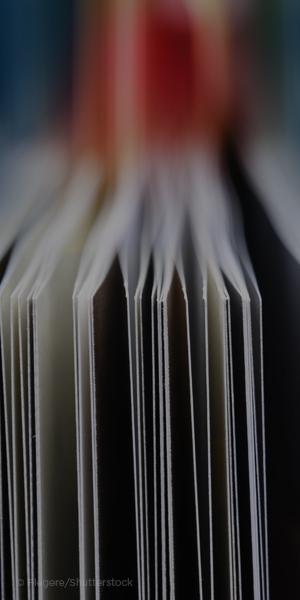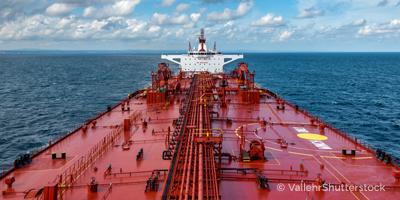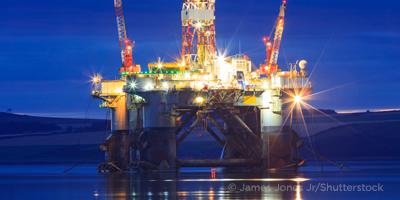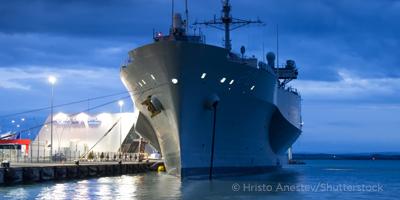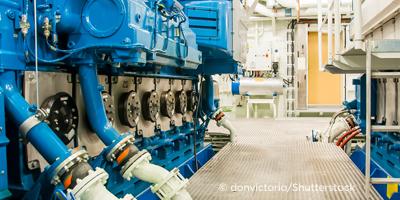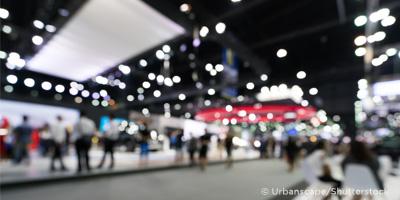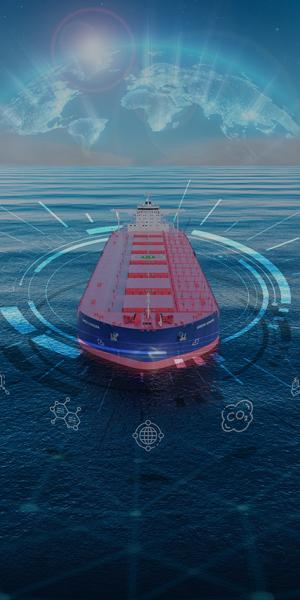Quick Links
- Rules and Resources
-
Services
Quick Links
Sustainability and Decarbonization- Energy Efficiency Existing Ship Index (EEXI)
- Sustainability Reporting and Assurance
- Simulation-based Energy Efficiency Evaluation Service (SIM EEE)
- Greenhouse Gas (GHG) Rating Improvement
- Greenhouse Gas Inventory and Carbon Accounting
- Carbon Capture, Utilization, and Storage (CCUS)
- Alternative Fuel Options
- Alternative Power Sources
- Marine Sustainability
- Offshore Sustainability
- Green Shipping Corridors
- Methanol Value Chain
- Gas
- Carbon Intensity Indicator (CII)
- Ammonia Value Chain
- Carbon Diligence Platform
- Marine Sustainability
-
Innovation and Technology
Quick Links
-
News and Events
Quick Links
-
About
Quick Links
- Rules and Resources
- Services
- Innovation and Technology
- News and Events
- About Us and Careers
- Rules and Resources
- Rules and Guides
- Regulatory Updates
- Advisories and Debriefs
- Flag and Port State
- Engineering Software
- Engineering Reviews
- ABS MyFreedom™ Portal
- Databases
- Forms
- Services
- Classification
- Approval and Certification
- Company and Ship Audits
- Global Marine
- Global Offshore
- Global Offshore Wind
- Global Government
- Sustainability and Decarbonization
- Digital Solutions
- Cybersecurity
- Maritime Training
- Innovation and Technology
- Technology Advancement
- Academic Engagement
- Industry Partnerships
- Data and Digitalization
- Knowledge Center
- About Us and Careers
- Who We Are
- Safety
- Careers
- Contact Us
China Sulfur Limit Regulatory Update
The Chinese government announced in late 2015 their three-year plan to reduce SOx emission starting by January 1, 2016. As of January 1, 2017, ships at berth in the eleven core ports within the emission control areas (ECAs) are required to use fuel with no more than 0.5%m/m sulfur content. The requirement will extend to ships at berth in all ports in the ECAs starting January 1, 2018, and will progress in 2019 to ships operating within designated ECAs.
Several Chinese local authorities have notified stakeholders of their decision for earlier implementation of the emission control measures.
In Yangtze River Delta ECAs, the implementation of the 0.5%m/m sulfur limit began on April 1, 2016, applying to ships at berth in core ports within the ECA. Shanghai, Ningbo-Zhoushan, Suzhou and Nantong ports are designated as core ports within the Yangtze River Delta ECA.
The implementation of SOx emission control measures in the Shenzhen port started on October 1, 2016. Ships are required to use fuel that does not exceed 0.5%m/m sulfur content while at berths in Shenzhen port. The Shenzhen port is one of the three core ports within the Pearl River Delta ECA. The other two are Guangzhou port and Zhuhai port.
The most recent notice of early implementation was announced by the Maritime Safety Administration of Zhejiang Province. As of September 1, 2017, ships are required to use fuel with sulfur content of 0.5%m/m or less at berth in all ports within the ECA of Zhejiang Province, which is part of Yangtze River Delta ECA. For more details (in Chinese), please visit http://www.zjt.gov.cn/art/2017/9/2/art_15_988400.html.
Ships may use shore power supply, clean fuel or adopt exhaust gas treatment as alternative measures for achieving the equivalent emission control.
Military ships, sport boats and fishing vessels are excluded from the above requirements.
At berth is defined as the period within one hour after ship’s arrival at berth and within one hour before departure.
© 2023 American Bureau of Shipping. All rights reserved.



